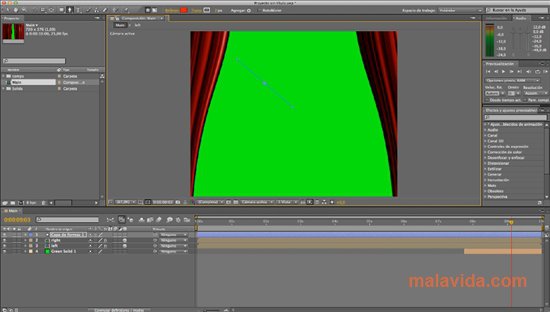

- Color finesse fcp how to#
- Color finesse fcp pro#
Adjust the highlight levels to provide “life” or “energy”.Adjust the shadow levels to provide richness.We can change the look of our image, depending upon which region we adjust: They should “enhance,” and not “bludgeon.” Keep in mind that adjustments to color and exposure are supposed to be subtle. The waveform monitor is divided into seven different regions, each corresponding to a different level of brightness, as the screen shot above illustrates. Exposure affects the gray-scale values of an image, how light or dark it is. In general, the darkest portions of an image should just touch the 0 (or “black”) line at the bottom, while the brightest portions of an image should stop just below the 100 (or “white”) line at the top. When we color correct a clip, the first thing we adjust is the gray scale, which is also called “exposure” or “contrast.” You can’t get colors to look right if the grayscale values are wrong. When we use the Waveform Monitor to view an image, all color is ignored - the scope just examines the gray-scale values of the image which is what I am illustrating here with the black-and-white photo.
Color finesse fcp how to#
(If you are interested in learning more about how to read scopes, see the ADDITIONAL RESOURCES section at the end of this article.)

Of the four, the most useful is the Waveform monitor, which shows gray-scale values, and the Vectorscope, which shows color values.
RGB Parade of either the Waveform monitor or Histogram. There are four scopes that we use all the time in looking at video: However, in most situations, you will make your pictures look better by following these suggestions. That’s because rules about color were made to be broken. NOTE: I use the term “in general” a lot in this article. It is well beyond the scope of a single article to teach the process of color correction, so what I want to do is provide some side-by-side comparisons to illustrate what you are adjusting as you modify these levels. Brighter values (often called “highlights,” or “whites). Mid-range values (often called “mids,” “mid-tones,” or “mid-grays”). Darker values (often called “shadows,” or “blacks”). Within those three settings, we can adjust: Color saturation (the amount of color in a shot). To achieve those goals there are three settings we can adjust: Make every clip in a scene look like it was shot at the same time in the same place. He writes about color grading and color correction in such a way as to bring them to life – which can be a trick when talking in print about how video looks on a screen.Īs Alexis has written in the forthcoming FCP X: Advanced Editing published by Peachpit Press, there are four goals in color correction: NOTE: I am a huge fan of the books by Alexis Van Hurkman, from whom many of these ideas derive. One of the hardest challenges as you get started doing your own correction is training your eye to actually see what it needs to see. In this article, I want to talk about what happens when you make a color or exposure adjustment. This article grew out of several requests from readers for a before/after comparison of color correction. If you are using FCP 7, the interface to the 3-way Color Corrector filter will look a little different, but the results in your images will be the same. Color finesse fcp pro#
NOTE: While I’m using screen shots from Final Cut Pro X, the settings described in this article apply to any editing software.






 0 kommentar(er)
0 kommentar(er)
